Australian First Nations Rainforest, Plains, and Island Peoples
For over 65,000 years, Australian First Nations peoples have lived in deep connection with the land and sea. Across the continent, distinct cultural groups have developed unique ways of life based on their environments. The Rainforest, Plains, and Island Peoples each have a profound relationship with Country, shaping their traditions, practices, and ways of caring for the land.
Rainforest Peoples: Living in the Green Heart
The Rainforest Peoples of Australia, such as the Djabugay, Kuku Yalanji, and Yidinji in Queensland’s Wet Tropics, have thrived in lush, biodiverse environments for thousands of years. These communities have mastered the intricate ecosystems of the rainforests, harvesting bush foods, medicinal plants, and materials for shelter and tools.
Rainforest Peoples have long practiced sustainable land management, including controlled burning to promote growth and prevent wildfires. Their deep spiritual connection to the land is expressed through stories, dance, and song that honour the spirits of the forest, rivers, and sky. Many sacred sites, including waterfalls and mountains, hold significant cultural meaning, passed down through generations.
Rainforest Peoples also developed complex social structures and trade networks, exchanging goods such as rainforest nuts, ochre, and woven baskets with neighbouring groups. Their extensive knowledge of medicinal plants has been passed down for generations, with traditional healers using bark, leaves, and roots to treat various ailments. The vibrant art and storytelling traditions of Rainforest Peoples often depict the ancestors who shaped the land, reinforcing cultural identity and continuity.
Plains Peoples: Stewards of the Open Lands
The First Nations Peoples of the vast plains and deserts, including groups such as the Warlpiri, Arrernte, and Wiradjuri, have lived in close harmony with the land’s shifting seasons and limited water resources. The plains, with their expansive grasslands and dry riverbeds, have required a detailed knowledge of the environment for survival.
Songlines, or oral maps, have guided Plains Peoples for millennia, connecting them to sacred sites, waterholes, and food sources. Their Dreaming stories explain the creation of the land and its features, maintaining an ongoing relationship between the people and their ancestors. Ceremonies, rock art, and body painting are integral to maintaining and passing on cultural knowledge.
Plains Peoples were also skilled in sustainable hunting and gathering, tracking animals such as kangaroos and emus while cultivating edible native plants like yams and bush tomatoes. Seasonal migrations ensured the land was not overused, and fire-stick farming—a controlled burning practice—helped regenerate grasslands and attract game. Their knowledge of the sky, stars, and weather patterns allowed for accurate navigation and seasonal planning, ensuring a balance between human needs and environmental sustainability.
Island Peoples: Keepers of Land and Sea
The Island Peoples, including the Torres Strait Islanders and coastal Aboriginal groups, have developed deep ties to both land and sea. Their livelihood depends on fishing, hunting, and trading across vast waters. Knowledge of tides, marine life, and seasonal changes has been crucial for survival and sustainability.
Canoes, crafted with traditional techniques, have enabled navigation and cultural exchanges between islands and the mainland. The spiritual beliefs of Island Peoples often incorporate the ocean as an extension of Country, with spirits and ancestors residing in the waters. Music, dance, and elaborate ceremonies celebrate the sea and its importance in daily life.
Island Peoples also developed sophisticated methods of fishing and aquaculture, constructing fish traps and weirs to catch marine life sustainably. Dugong and turtle hunting played an important role in ceremonial traditions, with strict cultural laws governing their harvest to maintain ecological balance. Trade networks extended far beyond Australia, with Torres Strait Islanders exchanging goods such as pearl shells, spears, and woven mats with neighbouring cultures in Papua New Guinea and beyond. Their vibrant visual arts, including intricate headdresses, carvings, and woven designs, reflect deep spiritual connections to the sea and sky.
A Shared Connection to Country
While Rainforest, Plains, and Island Peoples have adapted to different landscapes, they share a fundamental principle: Country is alive. It provides, nurtures, and must be respected. Caring for Country is a responsibility passed down through generations, ensuring the preservation of cultural traditions and ecosystems.
Today, Indigenous-led conservation efforts and traditional ecological knowledge play a vital role in protecting Australia’s natural landscapes. By recognising and respecting the wisdom of First Nations Peoples, we can support the ongoing connection between culture, land, and community, ensuring a future where these ancient relationships continue to thrive.
References
Australian Institute of Aboriginal and Torres Strait Islander Studies (AIATSIS). (2023). "Indigenous Ecological Knowledge."
Pascoe, B. (2014). "Dark Emu: Aboriginal Australia and the Birth of Agriculture."
Smyth, D. (2001). "Indigenous Marine Protected Areas: A Discussion Paper."
Wet Tropics Management Authority. (2022). "Aboriginal Rainforest Peoples and Their Heritage."
Torres Strait Regional Authority. (2023). "Cultural Protocols and Marine Knowledge."

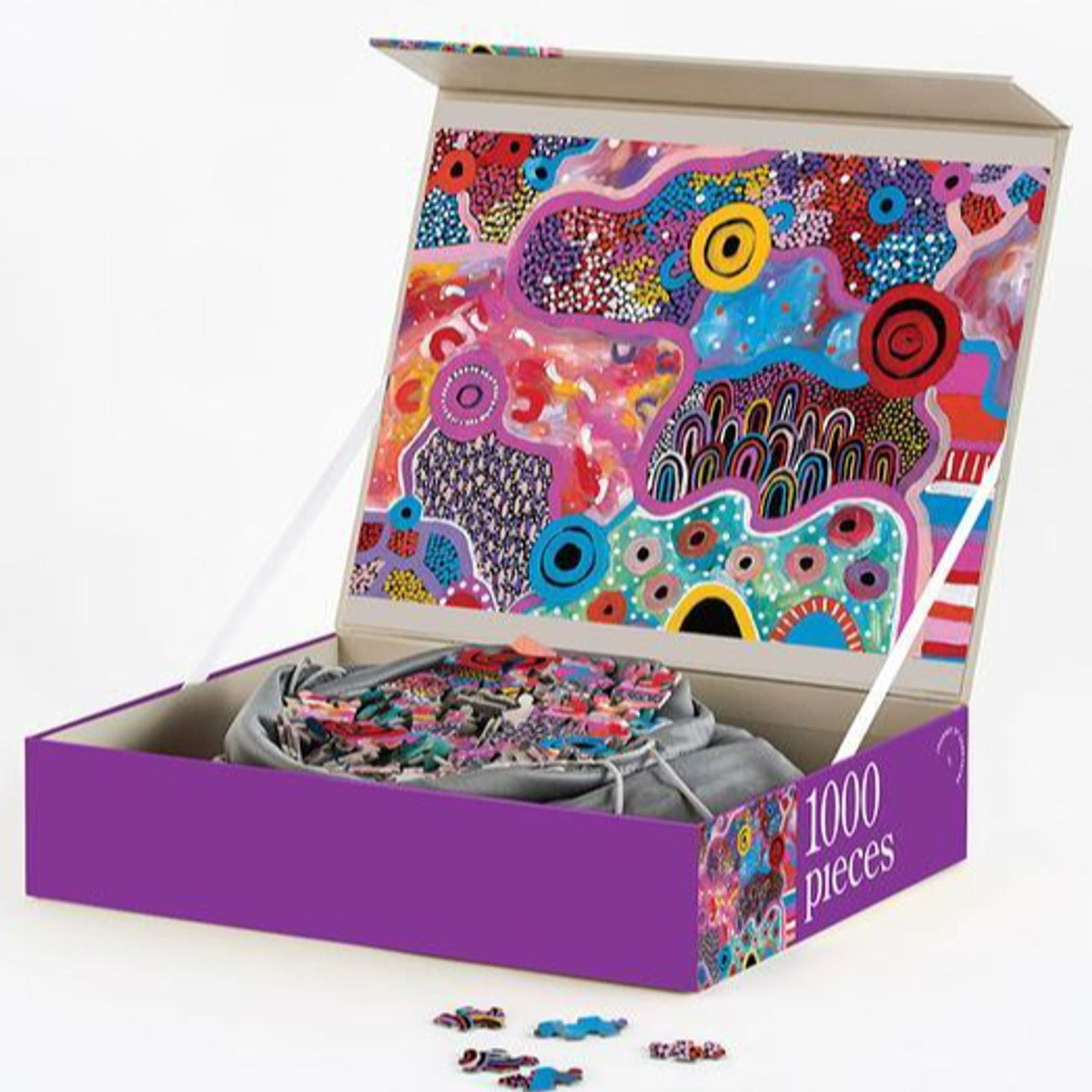
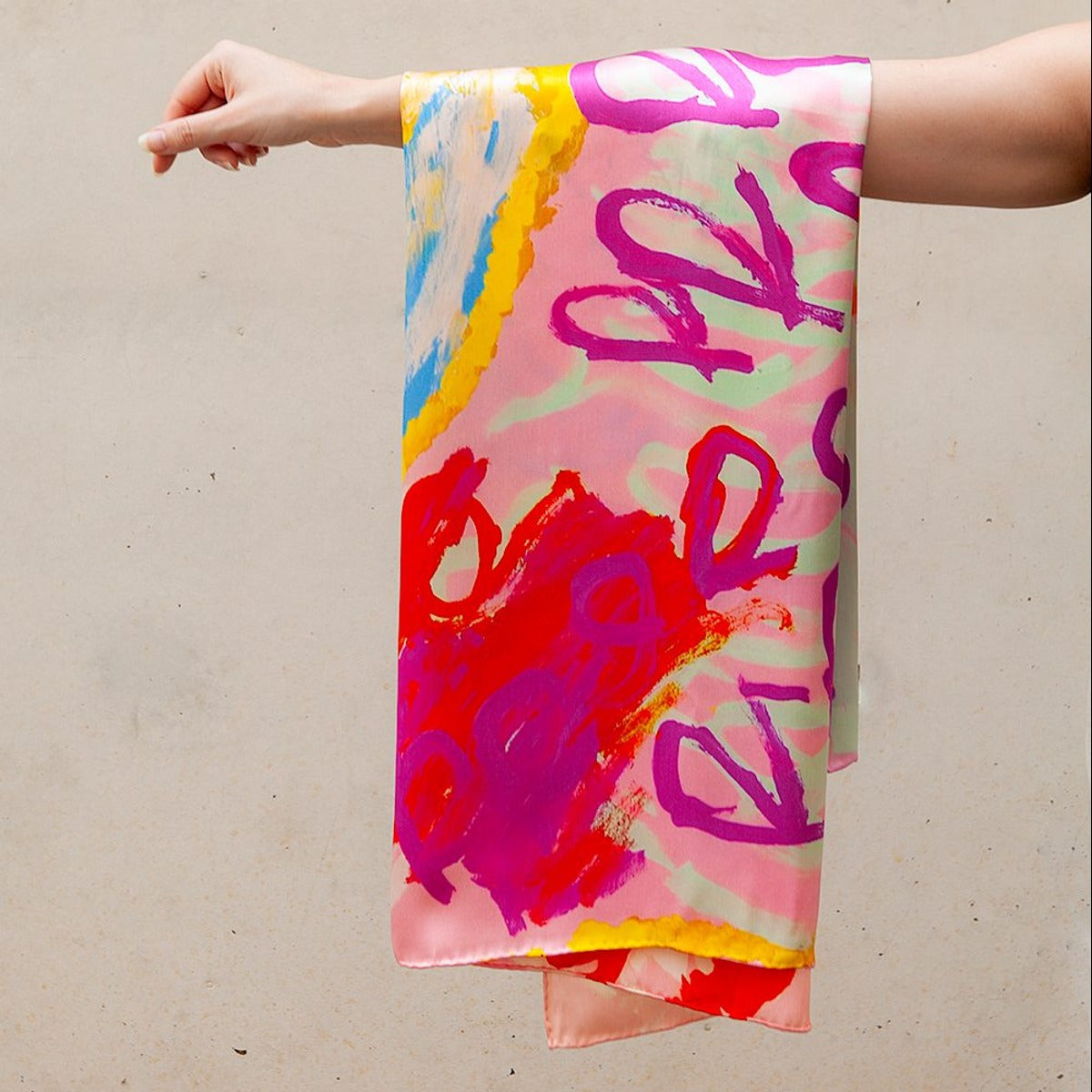


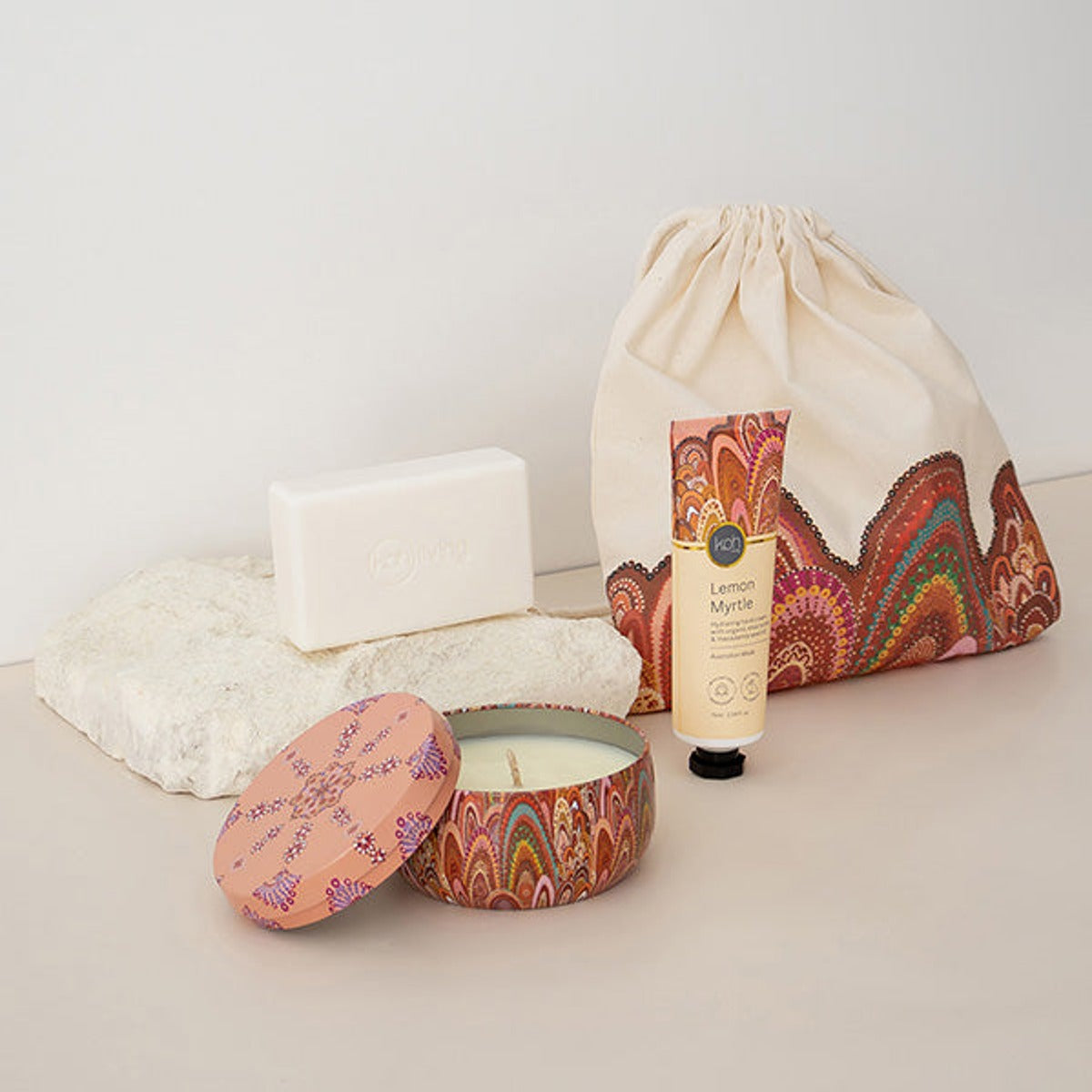
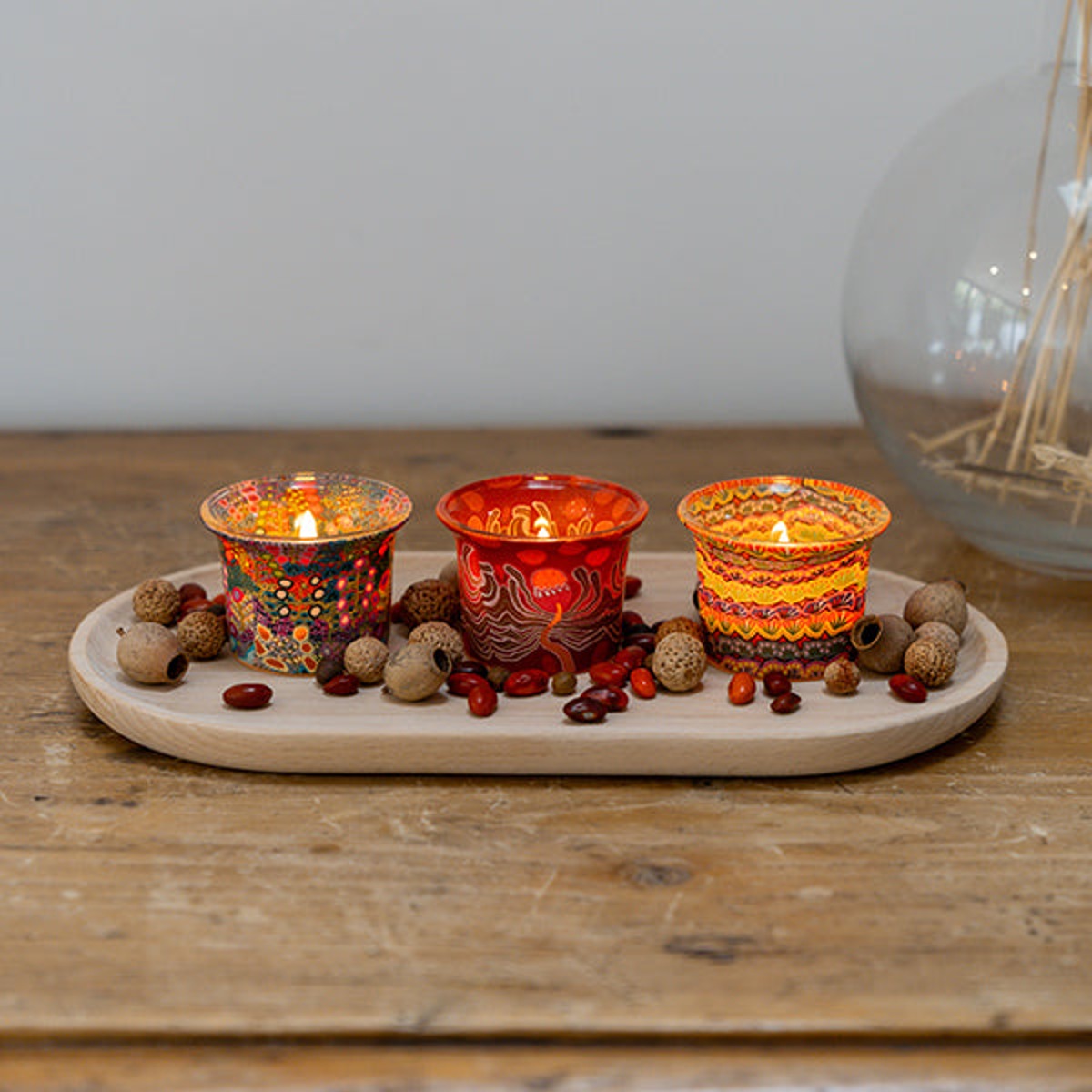
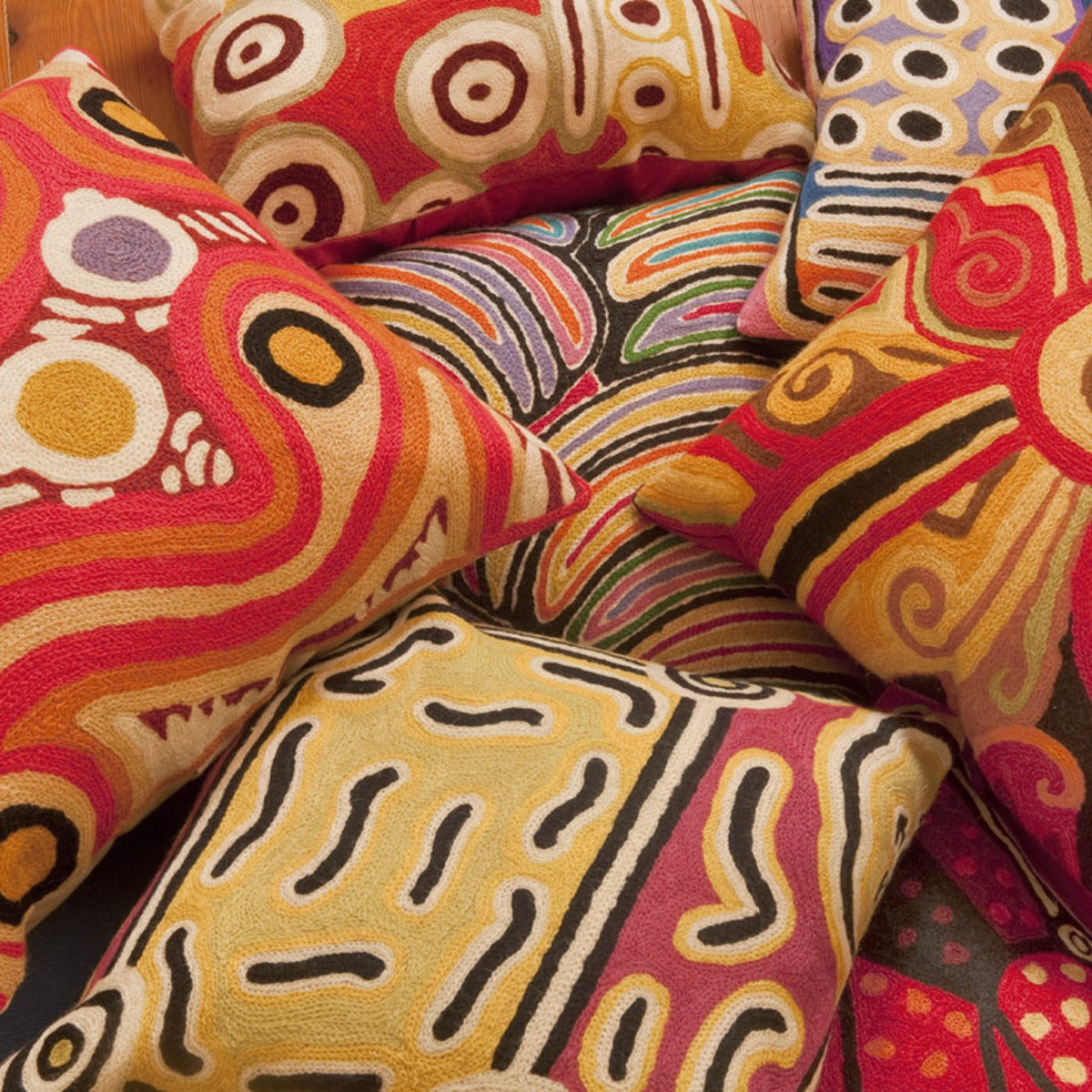
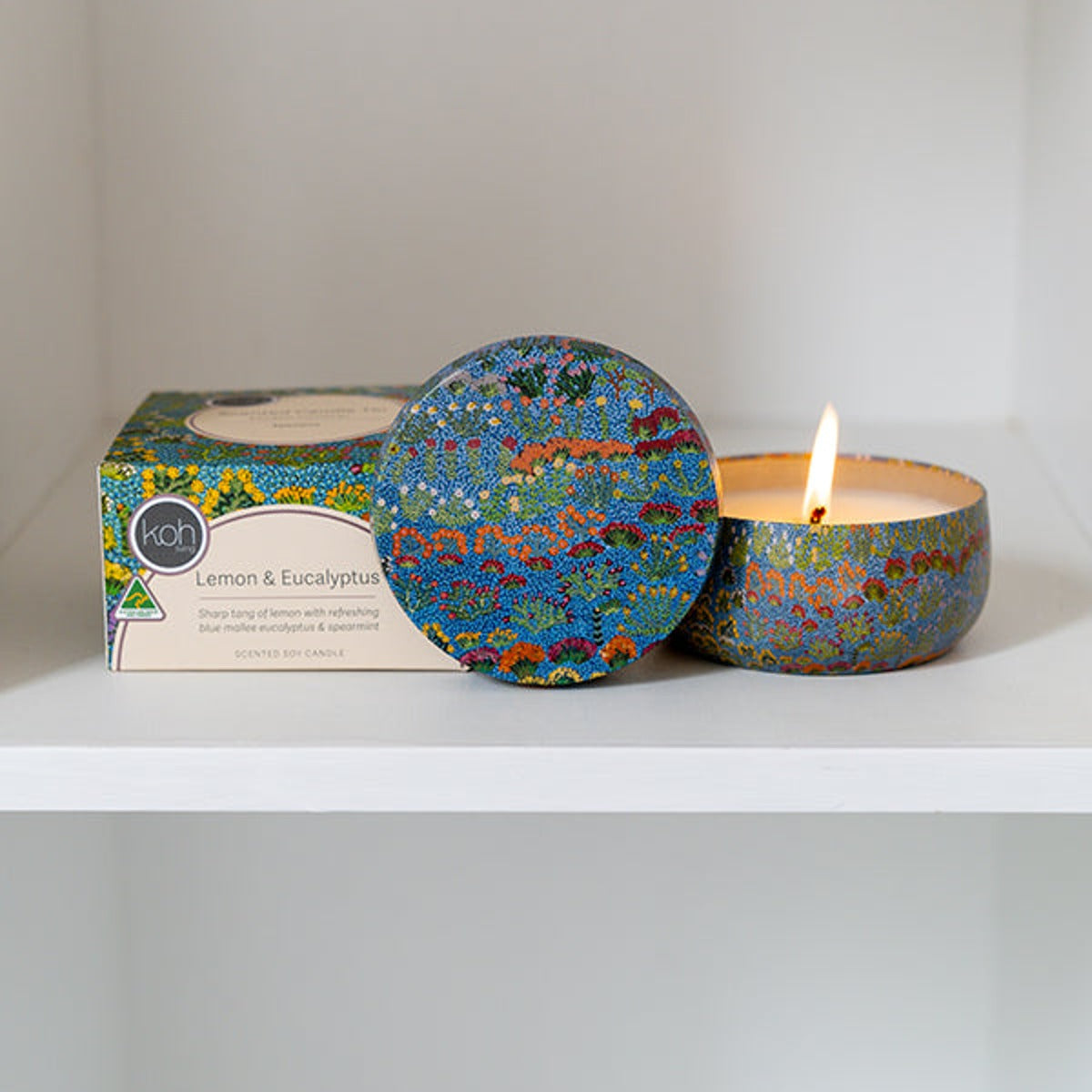
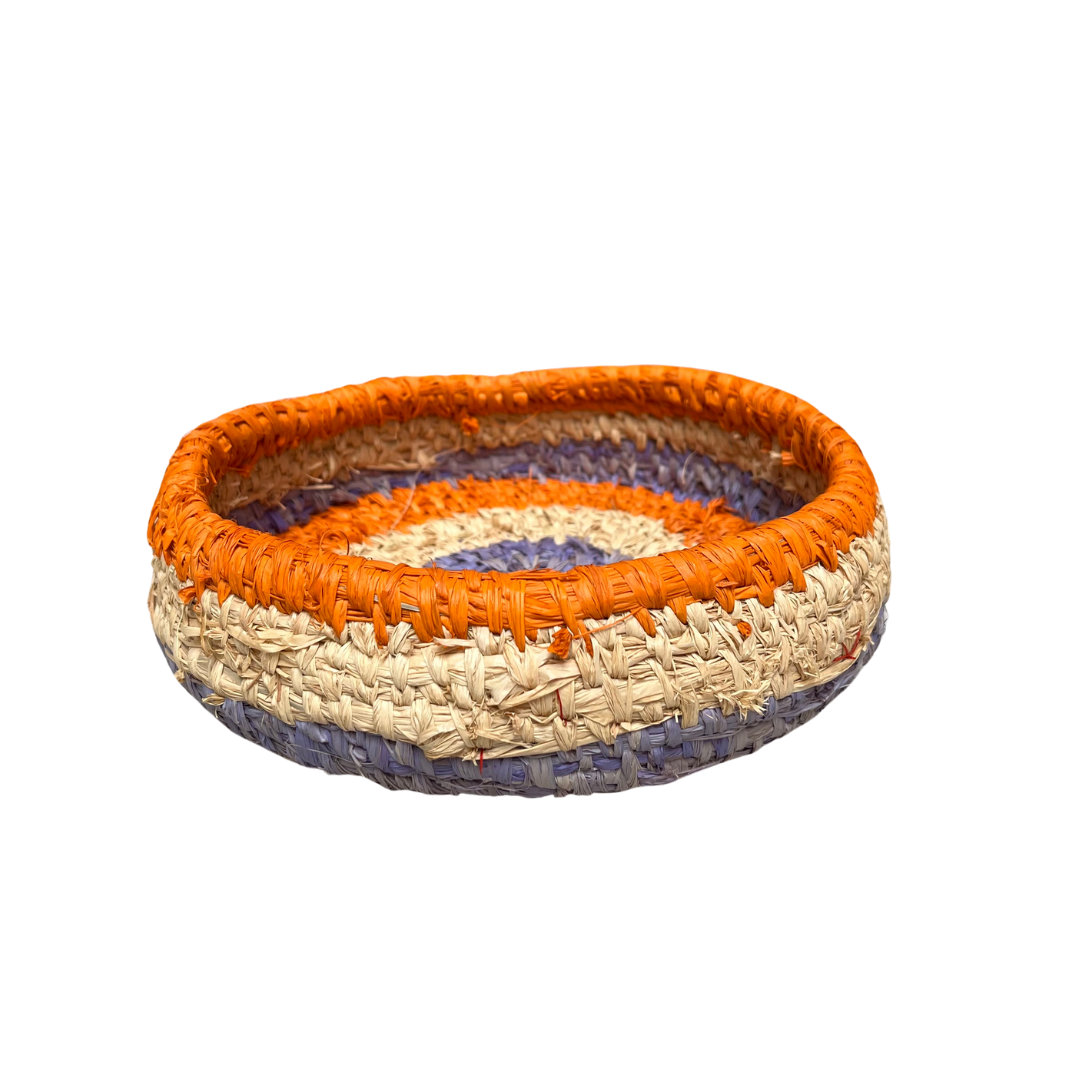
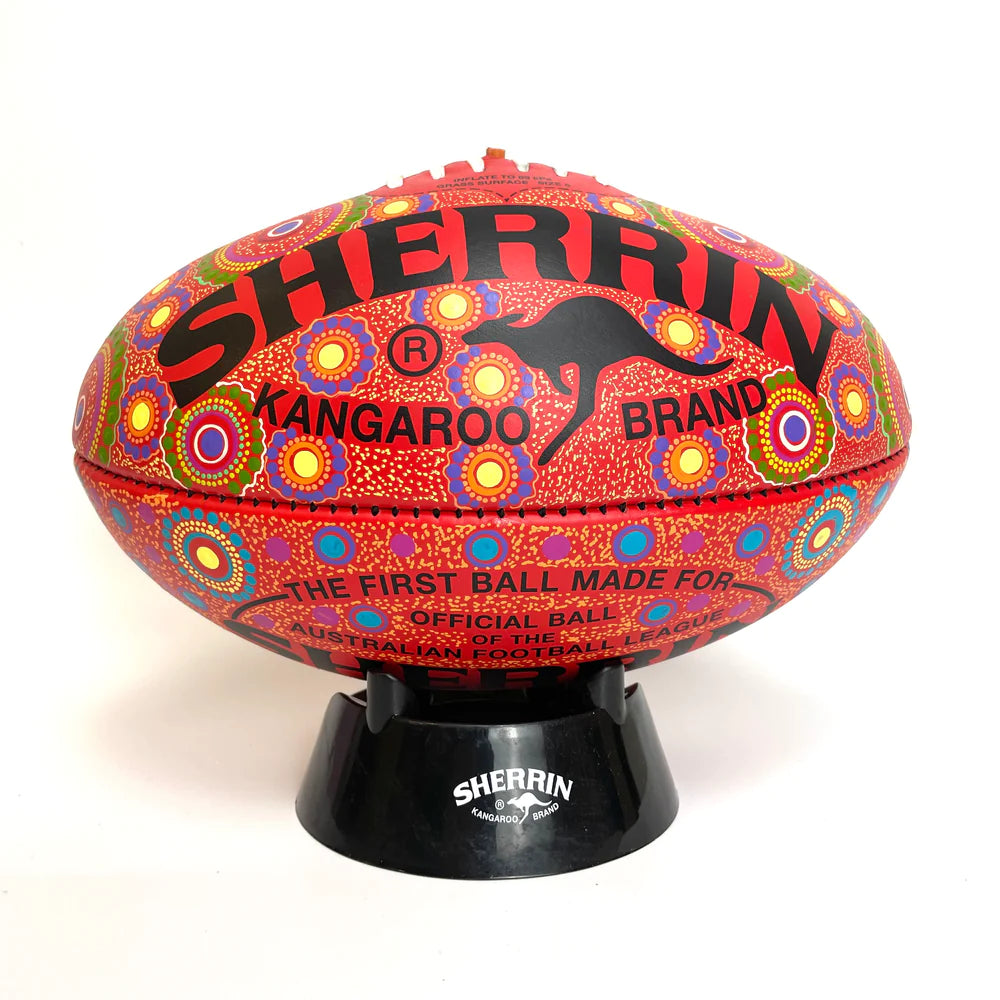
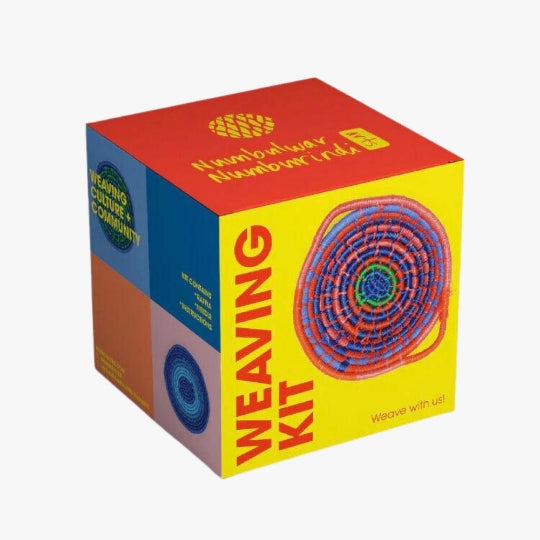
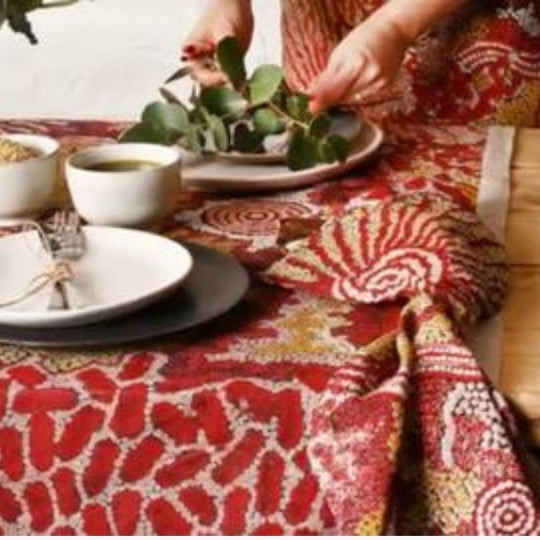
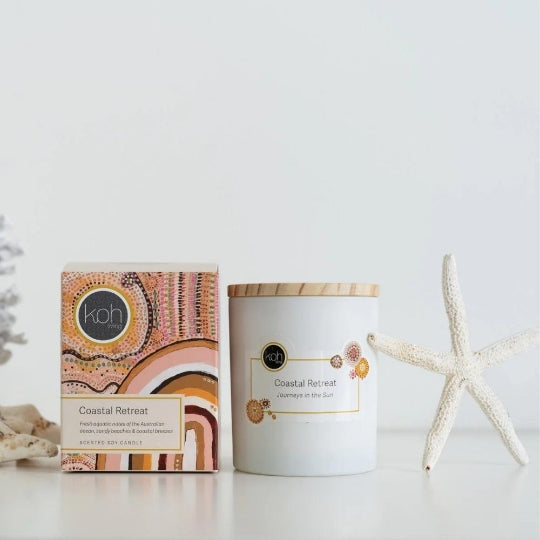
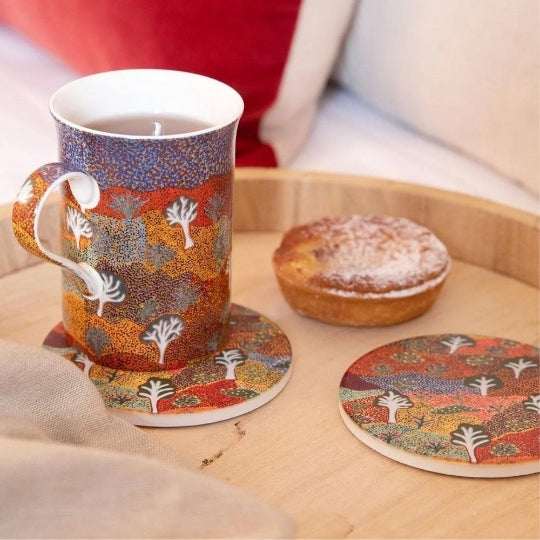
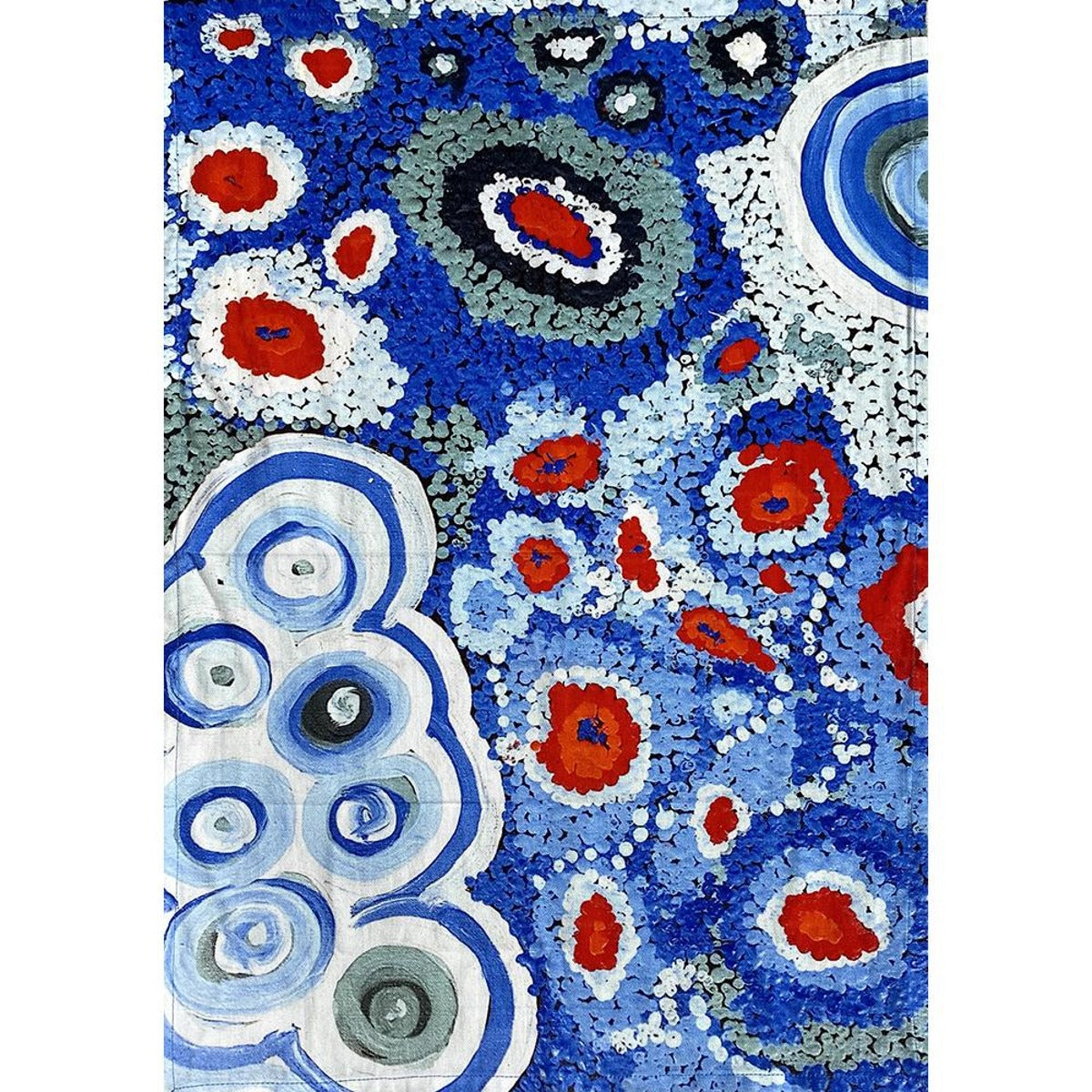
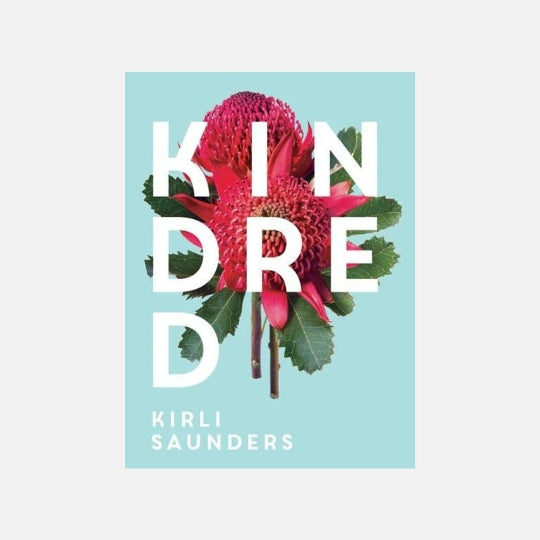
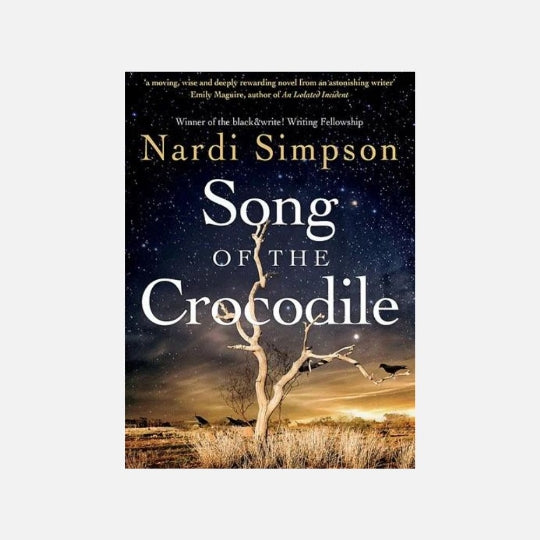

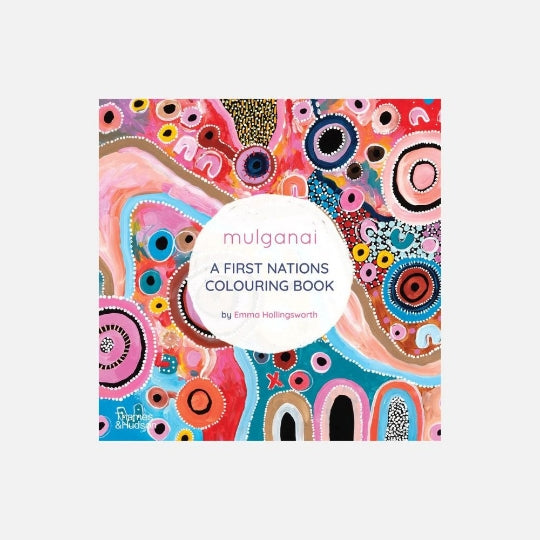
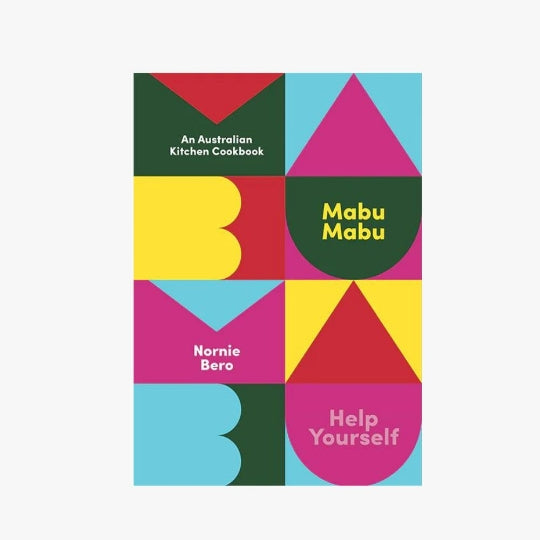
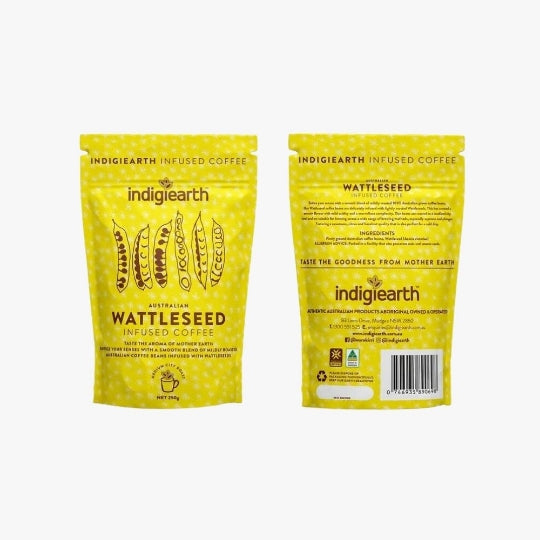
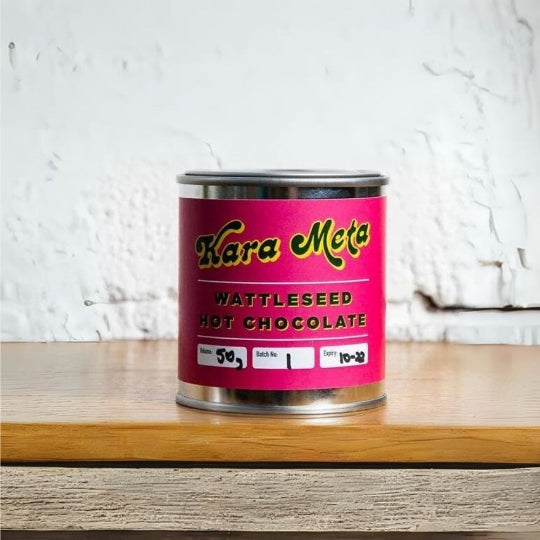
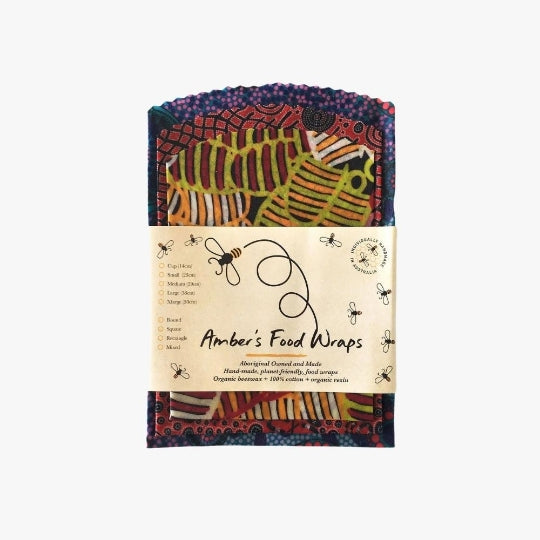


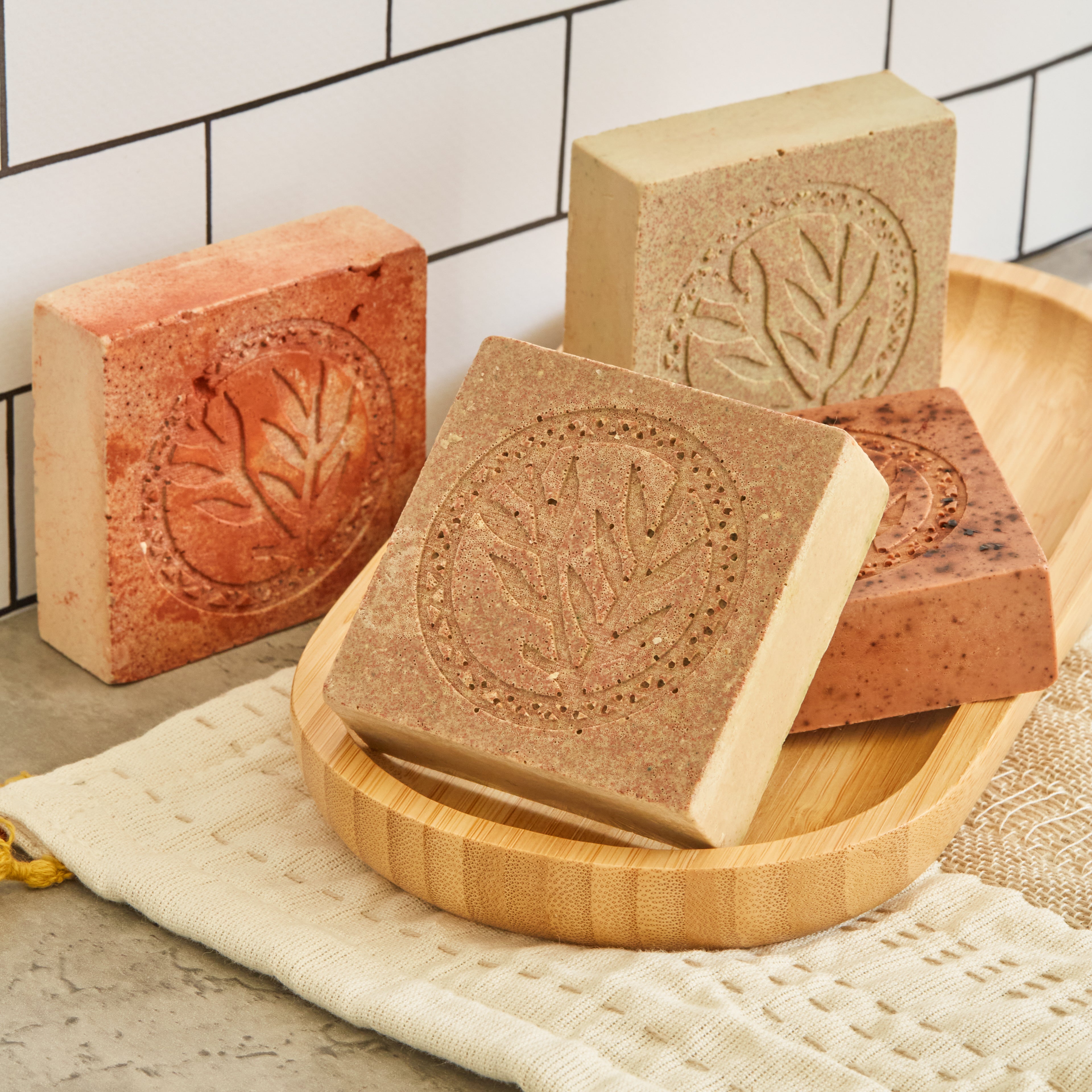
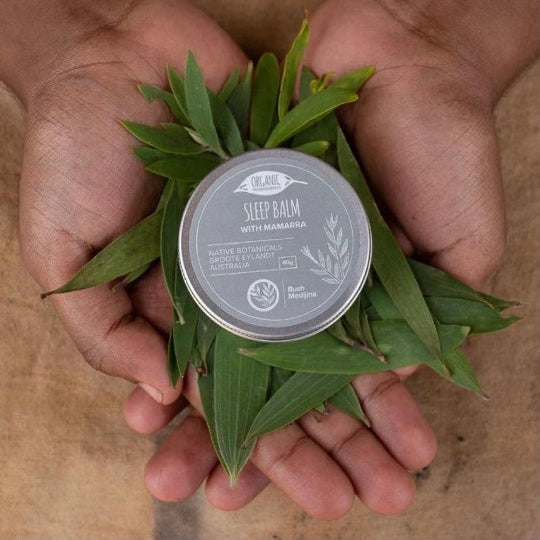
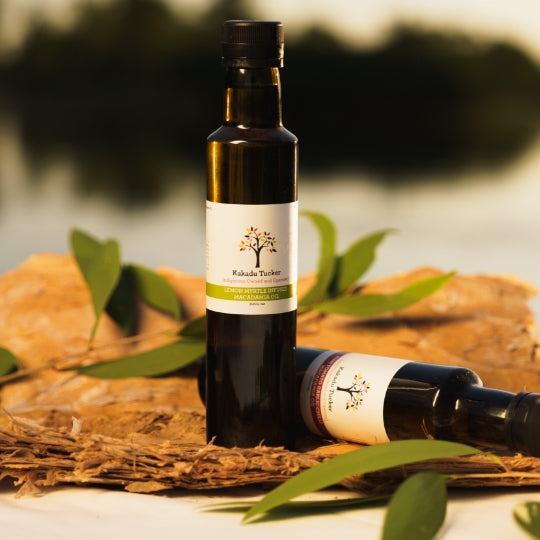


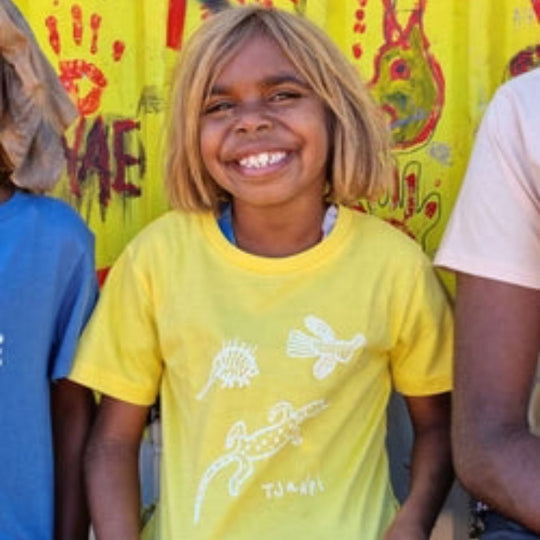
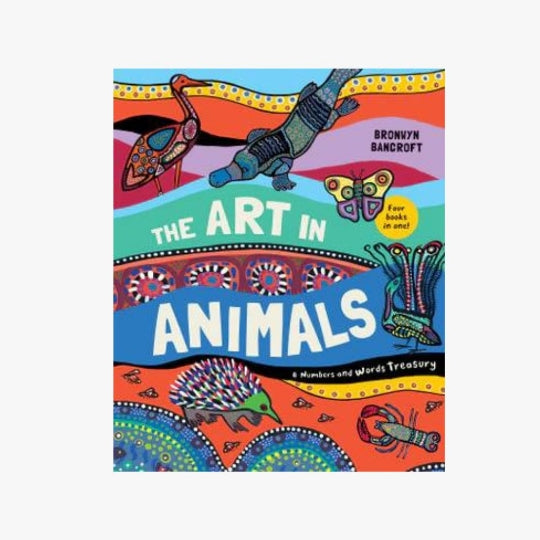
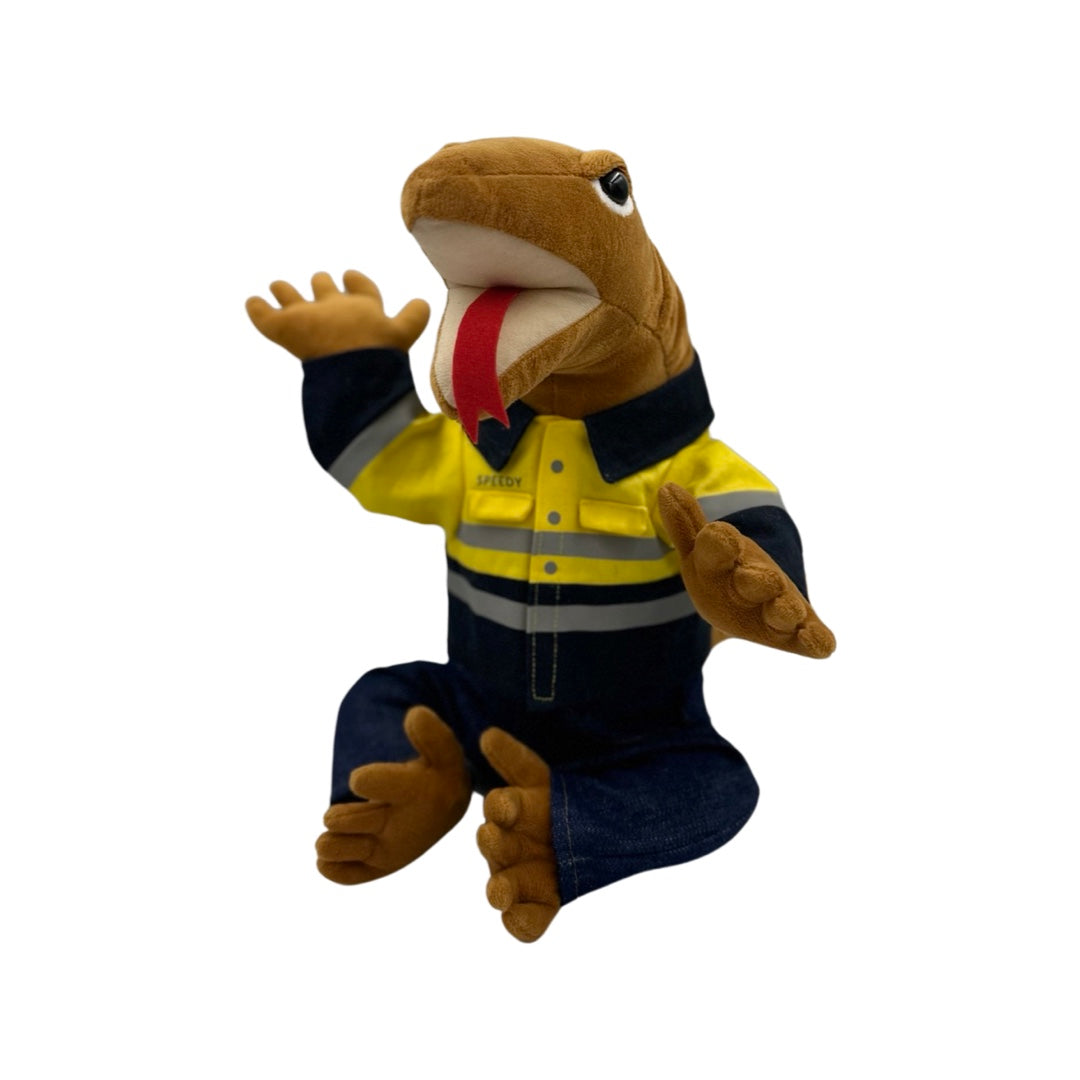
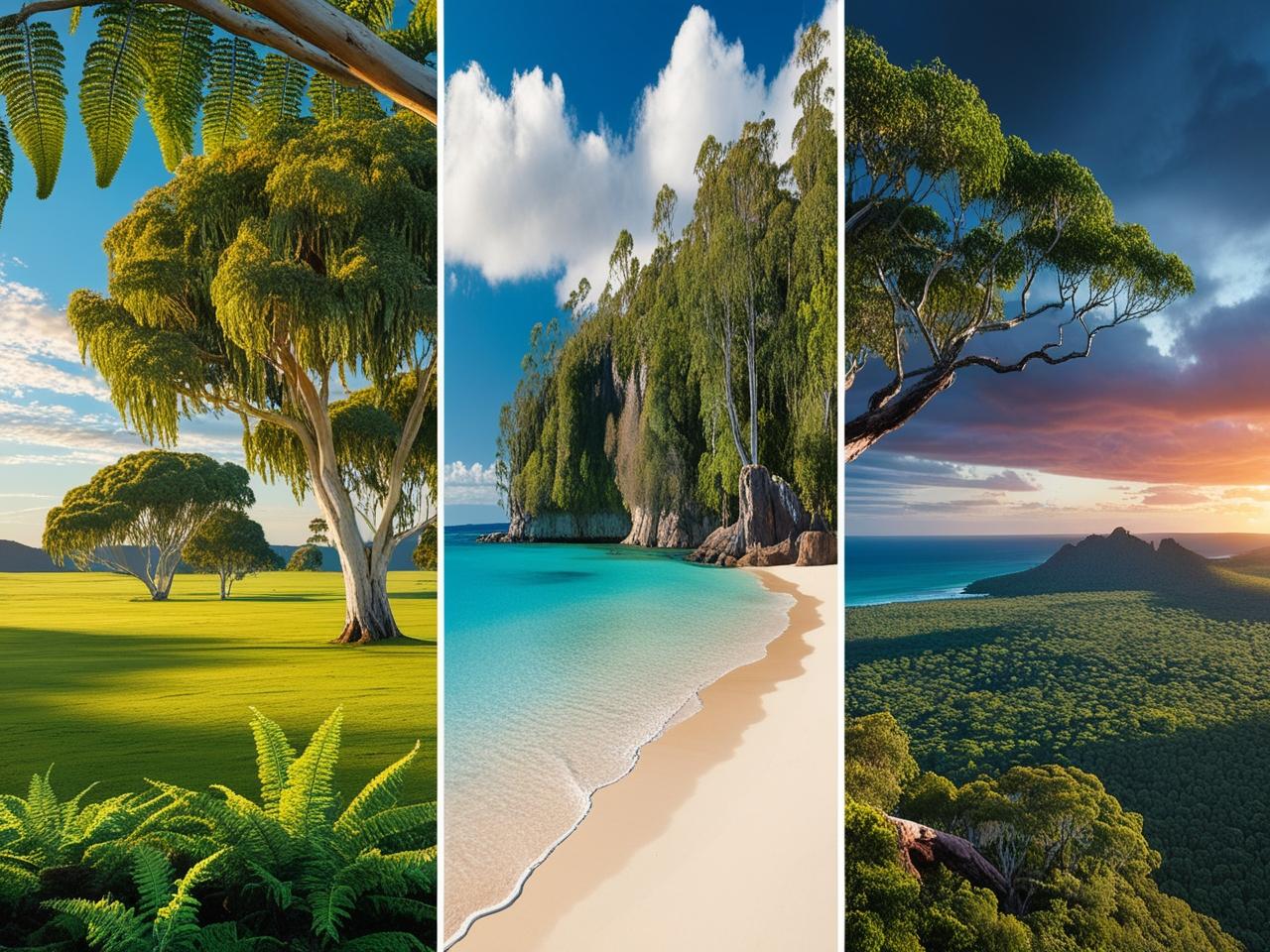



Leave a comment
This site is protected by hCaptcha and the hCaptcha Privacy Policy and Terms of Service apply.